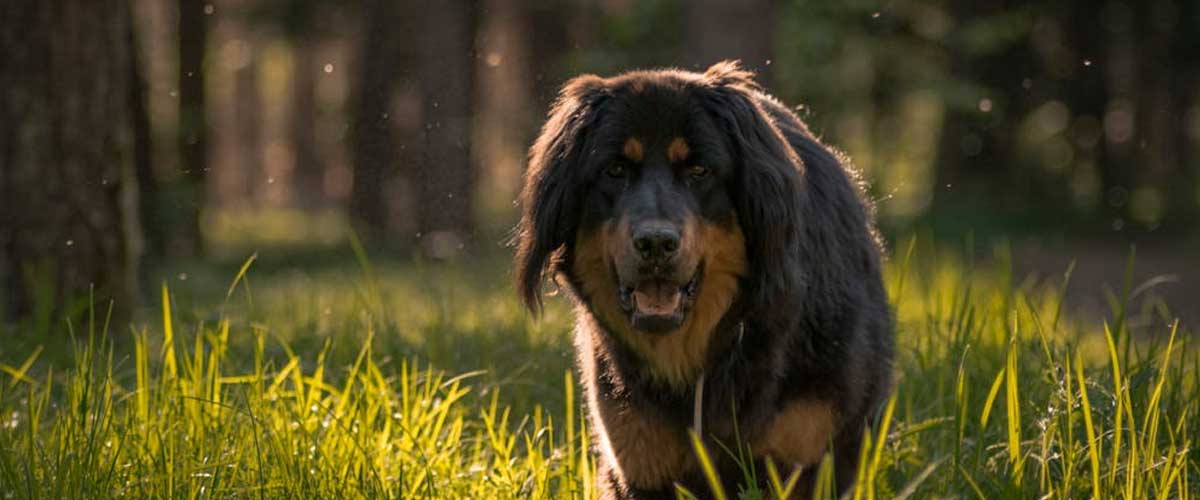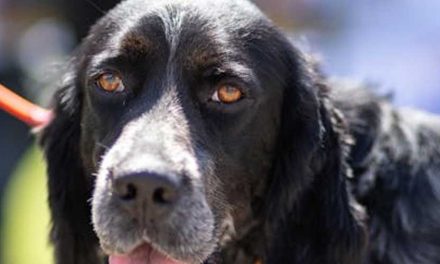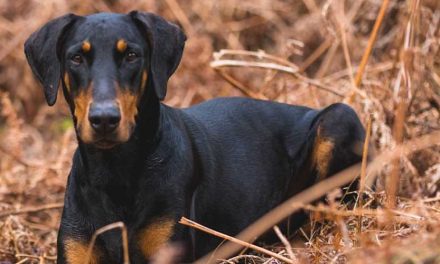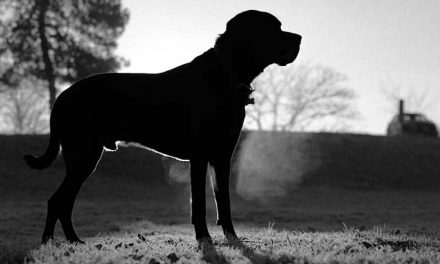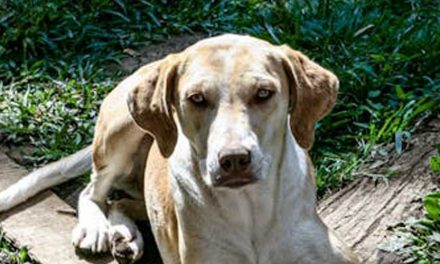The Tibetan Mastiff is an impressive and ancient breed renowned for its strength, loyalty, and imposing stature.
Originating from the high altitudes of Tibet, this breed has a rich history of guarding livestock and serving as a protector for nomadic tribes in the harsh mountain environments.
With its majestic appearance and noble demeanor, the Tibetan Mastiff has become increasingly popular in various parts of the world as both a companion and a working dog.
History and Origins
The Tibetan Mastiff’s lineage can be traced back over 3,000 years, where they were initially bred by the nomadic cultures of Tibet, Nepal, and India.
These dogs were used primarily as herding and guarding animals, protecting sheep and other livestock from predators such as wolves and leopards.
Their ability to thrive in extreme weather conditions made them an invaluable asset to the nomads who relied on their skills for survival in the unforgiving Himalayan terrain.
Physical Characteristics
The Tibetan Mastiff is a large and robust breed, often weighing between 90 to 150 pounds and standing 24 to 30 inches tall at the shoulder.
They possess a thick double coat that varies in color from black, brown, and grey to various shades of gold, which serves to insulate them against the cold climates of Tibet.
Their imposing mane resembles that of a lion, giving them a majestic appearance and contributing to their role as a deterrent against intruders.
Despite their size, Tibetan Mastiffs are known for their agility and strength, making them formidable protectors.
Their deep chest and strong build provide them with the endurance needed to traverse rugged terrain, while their keen senses allow them to be alert to any threats.
Temperament and Behavior
Tibetan Mastiffs are known for their fiercely loyal and protective nature.
They are deeply devoted to their families and can be reserved or aloof with strangers, making them excellent guardians.
While they can be independent and stubborn, proper training and socialization from an early age are crucial to developing a well-behaved adult dog.
These dogs have a strong instinct to protect their territory, which can lead to territorial behavior if not managed correctly.
It’s important for prospective owners to understand that while Tibetan Mastiffs can be affectionate and loving, they require a firm and consistent leader who can provide guidance and establish boundaries.
Care and Maintenance
When it comes to care, Tibetan Mastiffs require regular grooming due to their thick coats, especially during shedding seasons.
Weekly brushing helps to reduce shedding and keeps their coat healthy.
Additionally, they need regular exercise to maintain their physical and mental well-being; however, due to their size and strength, activities should be structured and appropriate for their age and energy level.
Nutrition also plays a critical role in their health.
A balanced diet tailored to large breeds helps prevent obesity and related health issues.
Regular vet check-ups can aid in monitoring their overall health, ensuring they receive vaccinations and preventive care required for their breed.
Conclusion
The Tibetan Mastiff is more than just a strikingly beautiful dog; it embodies a long-standing history of loyalty and protection.
Potential owners should approach this breed with respect and understanding, acknowledging their unique needs and characteristics.
With the right training, socialization, and environment, a Tibetan Mastiff can make a wonderful companion, guarding both home and heart with unwavering dedication.

